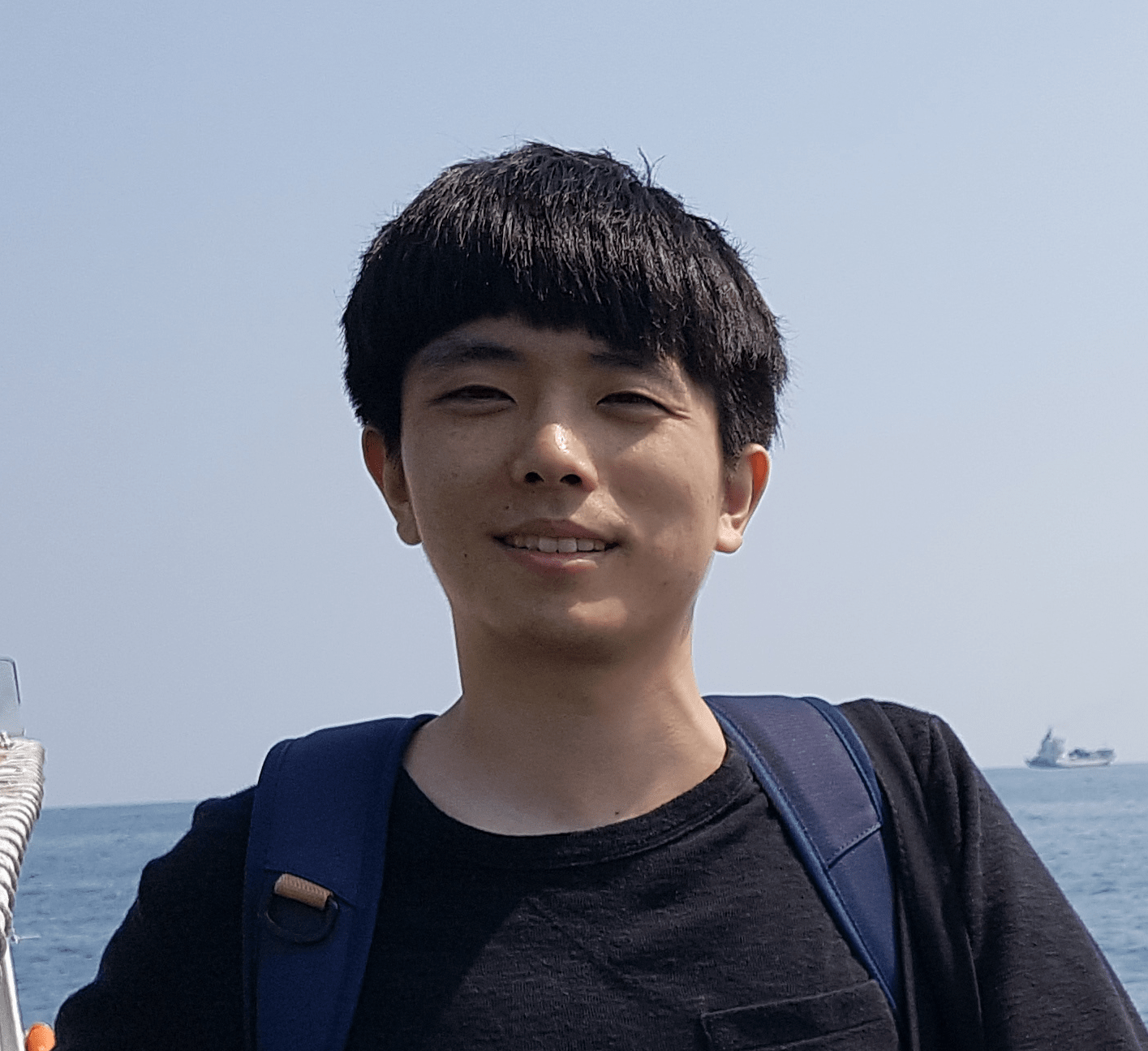[Django Advanced Tutorial] Ch1-5. load staticfiles
template 상속과 staticfiles
이번 챕터에서는 템플릿 상속과 staticfiles를 이용하여
첫 페이지를 작성하도록 하겠습니다.
사실 [django tutorial]에서 템플릿 상속만을 이용해 간단한 첫페이지를 만들었었습니다.
이번엔 staticfiles 기능까지 사용하여 첫 페이지를 바꿔보겠습니다.
즉 이번 챕터에서 메인으로 설명하는건 staticfiles입니다.
나머지 html작성, css 등은 Django의 메인이 아니므로 코드만 적도록 하겠습니다.
이번에 만들 첫페이지는 index.html이고,
상속받을 부모템플릿은 base_project.html입니다.
먼저 프로젝트 urls.py에 첫페이지 url을 views에 연결시켜줍니다.
mysite/urls.py
from django.conf.urls import url, include
from django.contrib import admin
from mysite import views
urlpatterns = [
url(r'^admin/', admin.site.urls),
url(r'^polls/', include('polls.urls', namespace='polls')),
url(r'^books/', include('books.urls', namespace='books')),
url(r'^blog/', include('blog.urls', namespace='blog')),
# 전에 만들었던 첫 페이지 url 주석화
# url(r'^$', views.HomeView.as_view(), name='home'),
url(r'^$', views.IndexView.as_view(), name='index_page'),
]이제 views.py에 IndexView 클래스뷰를 작성해줍니다.
mysite/views.py
from django.views.generic.base import TemplateView
class IndexView(TemplateView):
template_name = 'index.html'그럼 ‘index.html’을 작성하기 전에 부모템플릿인
‘base_project.html’을 만들겠습니다.
mysite/templates/base_project.html
<!DOCTYPE html>
<html lang="ko">
<head>
<meta charset="UTF-8">
<title>{% block title %}Django Web Programming{% endblock %}</title>
{% load staticfiles %}
<link rel="stylesheet" type="text/css" href="{% static 'css/base_project.css' %}" />
<link rel="stylesheet" type="text/css" href="{% block extrastyle %}{% endblock %}" />
</head>
<body>
<div id="header">
<h2 class="maintitle">Easy&Fast Django Web Programming</h2>
<h4 class="welcome">
Welcome, <a href="#">onsil</a> /
<a href="#">Change Password</a> /
<a href="#">Logout</a>
</h4>
</div>
<div id="menu">
<li><a href="#">Home</a></li>
<li><a href="#">Book</a></li>
<li><a href="#">Blog</a></li>
<li><a href="#">Photo</a></li>
<li><a href="#">Add▽</a>
<ul>
<li><a href="#">Book</a></li>
<li><a href="#">Blog</a></li>
<li><a href="#">Photo</a></li>
</ul>
</li>
<li><a href="#">Change▽</a>
<ul>
<li><a href="#">Book</a></li>
<li><a href="#">Blog</a></li>
<li><a href="#">Photo</a></li>
</ul>
</li>
<li><a href="#">Archive</a></li>
<li><a href="#">Search</a></li>
<li><a href="#">Admin</a></li>
</div>
{% block content %}{% endblock %}
{% block footer %}{% endblock %}
</body>
</html>부모템플릿의 상태를 보기위해 ‘index.html’을 만들어서 상속을 받고,
로컬서버로 들어가서 화면을 확인하겠습니다.
mysite/templates/index.html
{% extends 'base_project.html' %}이제 로컬서버를 켜고 localhost:8000에 접속하면
아무 css가 적용되지 않은 상태입니다.
‘base_project.html’에는 ‘css/base_project.css’를 로드한다고 되어있습니다.
그럼 base_project.css를 어디다 만들어야 로드할 수 있을까요?
css를 로드하는데 {% static %}이 쓰인 걸 볼 수 있습니다.
그리고 이 static 문법을 사용하려면 {% load staticfiles %}를 먼저 작성해야합니다.
그리고 staticfiles에 대한 설정은 settings.py에서 합니다.
settings.py에 다음과 같이 작성합니다.
mysite/mysite/settings.py
# Static files (CSS, JavaScript, Images)
# https://docs.djangoproject.com/en/1.11/howto/static-files/
STATIC_URL = '/static/'
# 위의 부분은 원래 있는 부분이고, 밑의 한줄만 추가하면 됩니다.
STATICFILES_DIRS = [os.path.join(BASE_DIR, 'static')]settings.py에 써진대로 CSS, JavaScript, Images 등의 파일은 Static files라 부릅니다.
Django에서 static 파일을 찾는 방식은 템플릿을 찾는 방식과 유사합니다.
즉 STATICFILES_DIRS의 경로를 먼저 검색하고,
그 뒤에 STATIC_URL에 써진대로 각 앱의 static폴더를 뒤집니다.
즉, ‘base_project.html’에 {% static ‘css/base_project.css’ %}는
제일 먼저 뒤지는 장소가 ‘프로젝트폴더/static/css/base_project.css’입니다.
여기 기준으론 ‘mysite/static/css/base_project.css’가 되겠죠
그럼 이제 static과 css폴더를 만들고 그 안에 base_project.css를 작성하겠습니다.
mysite/static/css/base_project.css
body {
font-family: 'Lucida Grande', Arial, sans-serif;
font-size: 12px;
}
div#header {
position: absolute;
top: 0px;
left: 0px;
height: 30px;
width: 100%;
display: table;
background: orange;
}
div#menu {
position: absolute;
top: 30px;
left: 0px;
height: 20px;
width: 100%;
display: table;
table-layout: fixed;
border-spacing: 40px 0px;
background: #ffa;
font-size: 8px;
}
div#content {
position: absolute;
top: 70px;
left: 50px;
right: 50px;
}
div#footer {
position: absolute;
bottom: 20px;
left: 50px;
right: 50px;
height: 30px;
border-top: 1px solid #ccc;
}
.maintitle {
display: table-cell;
vertical-align: middle;
padding-left: 20px;
color: #ffc;
font-weight: bold;
font-size: 16px;
}
.welcome {
display: table-cell;
vertical-align: middle;
text-align: right;
padding-right: 20px;
color: #ffc;
font-weight: normal;
font-size: 12px;
}
.welcome a:link, .welcome a:visited {
color: white;
}
div#menu a:link, div #menu a:visited {
color: #36c;
}
div#menu > li {
display: table-cell;
vertical-align: middle;
border: 2px solid #bbb;
border-radius: 25px;
text-align: center;
font-weight: bold;
}
div#menu li ul {
display: none;
position: absolute;
margin: 0;
padding: 10px 10px 5px 10px;
list-style: none;
border-right: 1px solid #ccc;
border-left: 1px solid #ccc;
border-bottom: 1px solid #ccc;
background: white;
z-index: 1;
}
div#menu li:hover ul{
display: block;
}
a:link, a:visited {
color: #369;
text-decoration: none;
}
a:hover {
text-decoration: underline;
}
table {
border-collapse: collapse;
}
td, th {
line-height: 18px;
border-bottom: 1px solid #eee;
}이제 다시 index.html을 살펴보면 css가 적용된 걸 볼 수 있습니다.
이제 index.html을 작성해보도록 하겠습니다.
일단 간단하게 다음과 같이 코드를 작성하고 index.html을 보면
content와 footer부분을 확인할 수 있습니다.
mysite/templates/index.html
{% extends 'base_project.html' %}
{% block title %}index.html{% endblock %}
{% block content %}
<div id="content">
This is CONTENT area.
</div>
{% endblock %}
{% block footer %}
<div id="footer">
This is FOOTER area.
</div>
{% endblock %}확인 후, index.html을 본격적으로 작성하겠습니다.
{% extends 'base_project.html' %}
{% load staticfiles %}
{% block title %}index.html{% endblock %}
{% block extrastyle %}
{% static 'css/index.css' %}
{% endblock %}
{% block content %}
<div id="content_home">
<div id="homeimg">
<a href="/">
<img src="{% static 'img/cute_owl.jpg' %}" style="height: 256px;"/>
</a>
<h4 style="margin: 0;">This is Django Powered web site.</h4>
</div>
<hr style="margin: 5px 0px;">
<h2>Select Application</h2>
<table id="applist">
<tr>
<td>
<b><i><a href="#">Book</a></i></b>
</td>
<td>
You can write your own post and share to others
</td>
<td class="Edit">
<i><a href="#">Add</a></i>
</td>
<td class="Edit">
<i><a href="#">Change</a></i>
</td>
</tr>
<tr>
<td>
<b><i><a href="#">Blog</a></i></b>
</td>
<td>
You can write your own post and share to others
</td>
<td class="Edit">
<i><a href="#">Add</a></i>
</td>
<td class="Edit">
<i><a href="#">Change</a></i>
</td>
</tr>
<tr>
<td>
<b><i><a href="#">Photo</a></i></b>
</td>
<td>
You can write your own post and share to others
</td>
<td class="Edit">
<i><a href="#">Add</a></i>
</td>
<td class="Edit">
<i><a href="#">Change</a></i>
</td>
</tr>
</table>
</div>
{% endblock content %}
{% block footer %}
<div id="footer">
© onsil
</div>
{% endblock footer %}일단 이 상태의 화면을 확인하면
‘index.html’도 static으로 css와 이미지를 로드하는걸 볼 수 있습니다.
이미지는 아무 이미지나 넣으시면 되고,
(mysite/static/img 디렉토리를 만들어서 이름 맞춰서 이미지를 넣으면 되겠죠)
‘index.css’는 지금 작성하겠습니다.
mysite/static/css/index.css
div#content_home {
position: absolute;
top: 80px;
left: 110px;
right: 110px;
}
div#homeimg {
background: #ddd;
padding: 5px 0px 1px 0px;
text-align: center;
}이제 다시 로컬서버를 켜고 localhost:8000에 접속해
‘index.html’을 살펴보면 다음 화면을 볼 수 있습니다.
blog와 관련된 다른 템플릿(blog/templates/blog에 있는)들도 base_project.html을 상속받으면 됩니다.
{% extends 'base_project.html' %}
{% block title %}blahblah{% endblock %}
{% block content %}
기존코드
{% endblock %}이런 방식입니다. 예를들어 post_all.html을 보면
mysite/blog/templates/blog/post_all.html
{% extends 'base_project.html' %}
{% block title %}post_all.html{% endblock %}
{% block content %}
<h1>Post List</h1>
{% for post in posts %}
<h2><a href="{{ post.get_absolute_url }}">{{ post.title }}</a></h2>
{{ post.modify_date|date:'N d, Y' }}
<p>{{ post.description }}</p>
{% endfor %}
<br/>
<div>
<span>
{% if page_obj.has_previous %}
<a href="?page={{ page_obj.previous_page_number }}">PreviousPage</a>
{% endif %}
Page {{ page_obj.number }} of {{ page_obj.paginator.num_pages }}
{% if page_obj.has_next %}
<a href="?page={{ page_obj.next_page_number }}">NextPage</a>
{% endif %}
</span>
</div>
{% endblock content %}가 되겠습니다.
일단 첫페이지는 아무런 기능 없이 화면만 구현한 것입니다.
차차 기능 구현하겠습니다.


